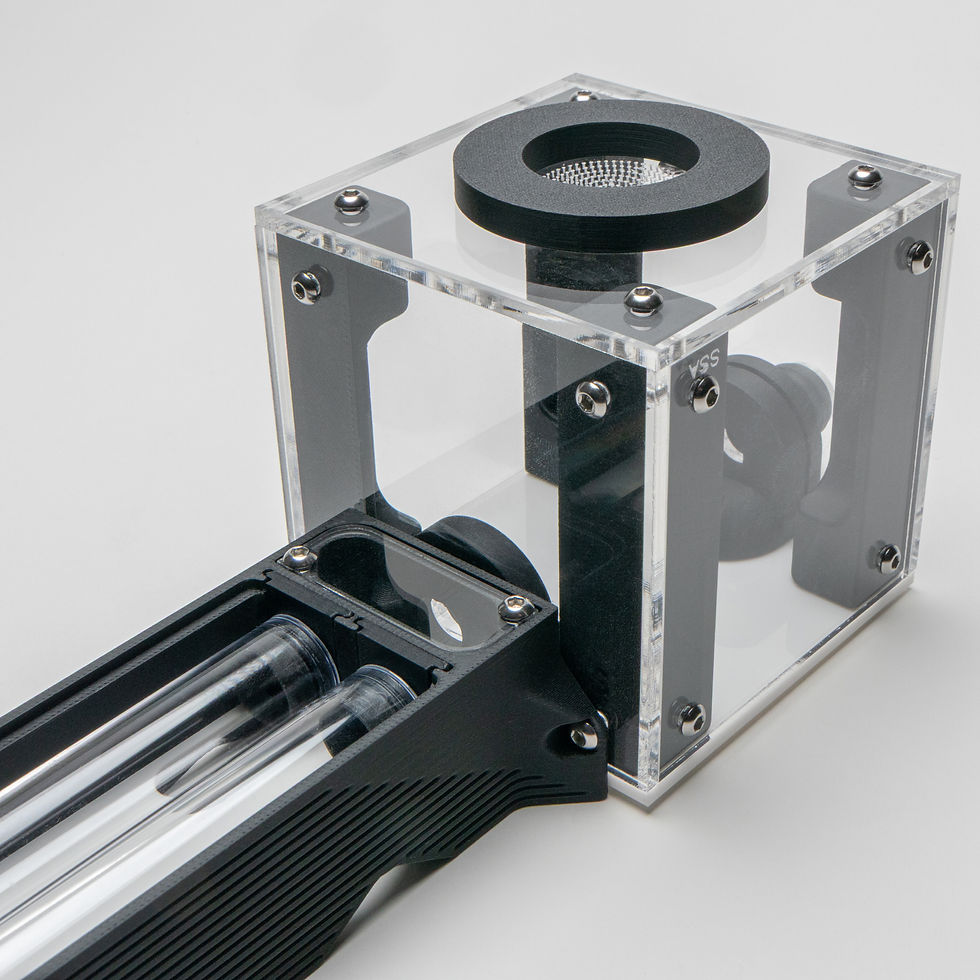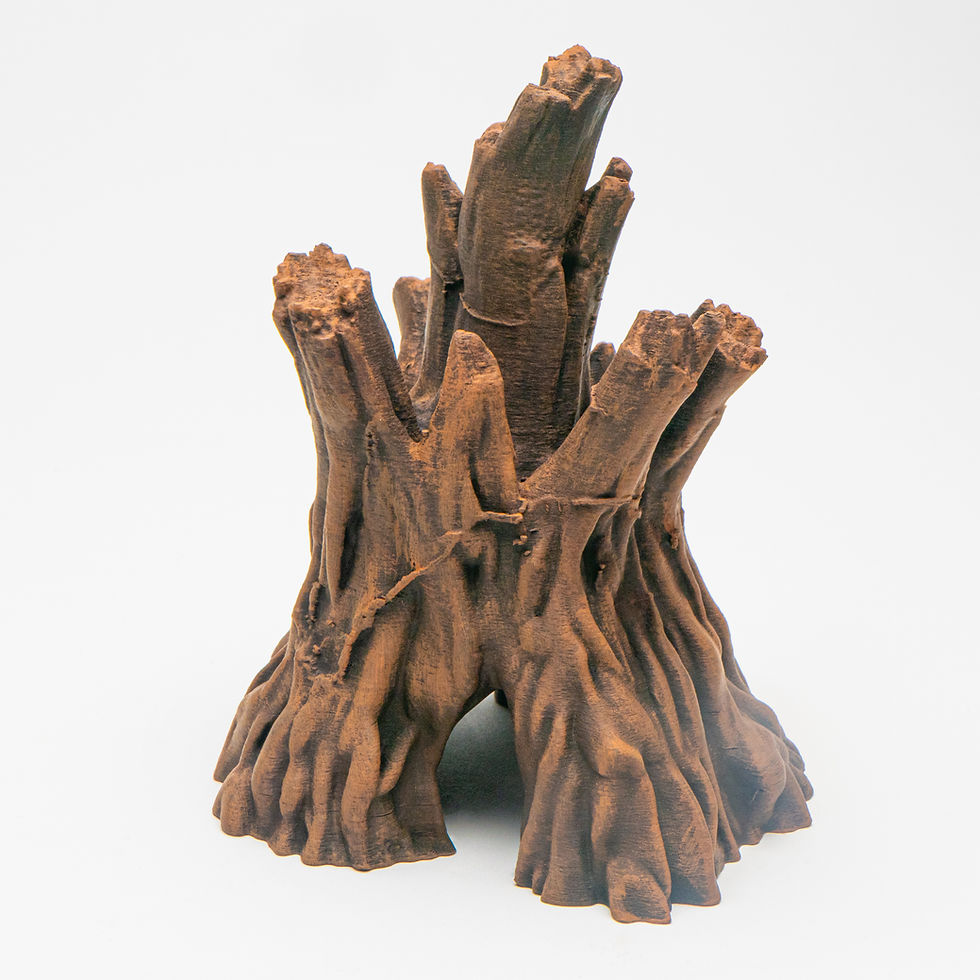Ponera testacea is a fascinating yet elusive ant species primarily found in Europe. Although it is considered rare, this species has been recorded in various regions including Germany, Hungary, Greece, and the Netherlands. Known for its inconspicuous nature and slow movements, Ponera testacea typically resides in small nests with two or three queens and fewer than 60 workers. It thrives in xerothermous environments, particularly in open grasslands on limestone, silicate rock, or sand.
Ponera testacea
In the warm, dry landscapes of Europe, Ponera testacea finds its ideal habitats. In Germany, it is often found in open, sunlit grasslands, thriving on limestone, silicate rock, or sandy soils. These ants prefer environments with minimal vegetation and avoid more humid, xerothermous woodlands. Their presence is less common in urban areas, indicating their preference for more natural settings.
Hungary offers similar habitats for Ponera testacea, with the ants commonly found in sandy grasslands and dry, rocky calcareous grasslands. The warm, dry conditions of these areas provide the perfect environment for these ants to establish their colonies.
In Greece, Ponera testacea is a rare species but can be found in regions such as Macedonia, Peloponnese, Thessaly, Thrace, and the Aegean and Ionian Islands. Here, the ants are more thermophilous than their close relatives, Ponera coarctata, favoring luminous Mediterranean oak forests. In Aetolia-Acarnania, they have been collected from oak and chestnut forests, often nesting under stones.
Ponera testacea colonies are modest in size, typically consisting of fewer than 60 workers. The ants exhibit a carnivorous diet, foraging for small insects and other arthropods. Their nests, which are hidden under stones or in grass tussocks, are difficult to spot due to their unobtrusive nature. Despite their small size, these ants play a significant role in their ecosystem by controlling insect populations and aerating the soil.
Distinguishing Ponera testacea from Ponera coarctata can be challenging due to their similar appearance. However, Ponera testacea tends to be smaller with specific metric differences in body structure, such as a lower height-to-length ratio of the petiole node and a wider frons ratio.
Ponera testacea is also notable for its geographical distribution. Initially described in the Mediterranean region, its range extends into Central Europe, reaching as far north as Eisleben, Germany. This distribution indicates the species' adaptability to various climatic conditions within its preferred xerothermous environments.




































